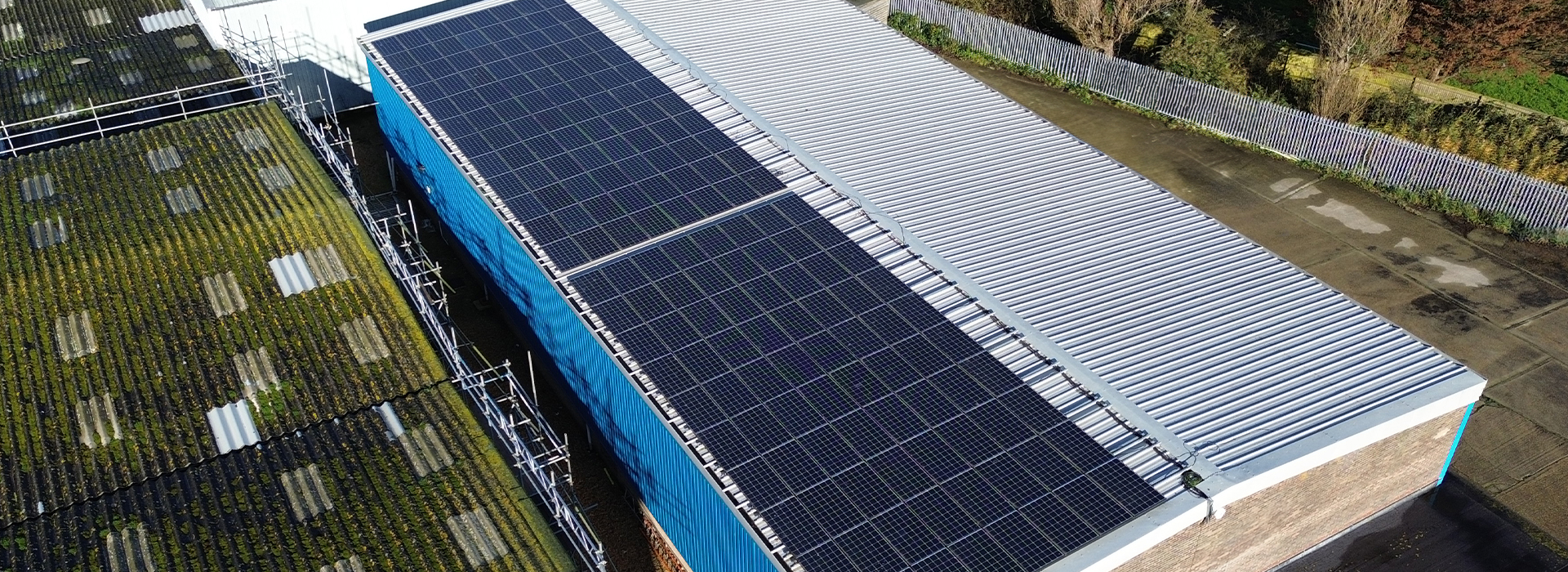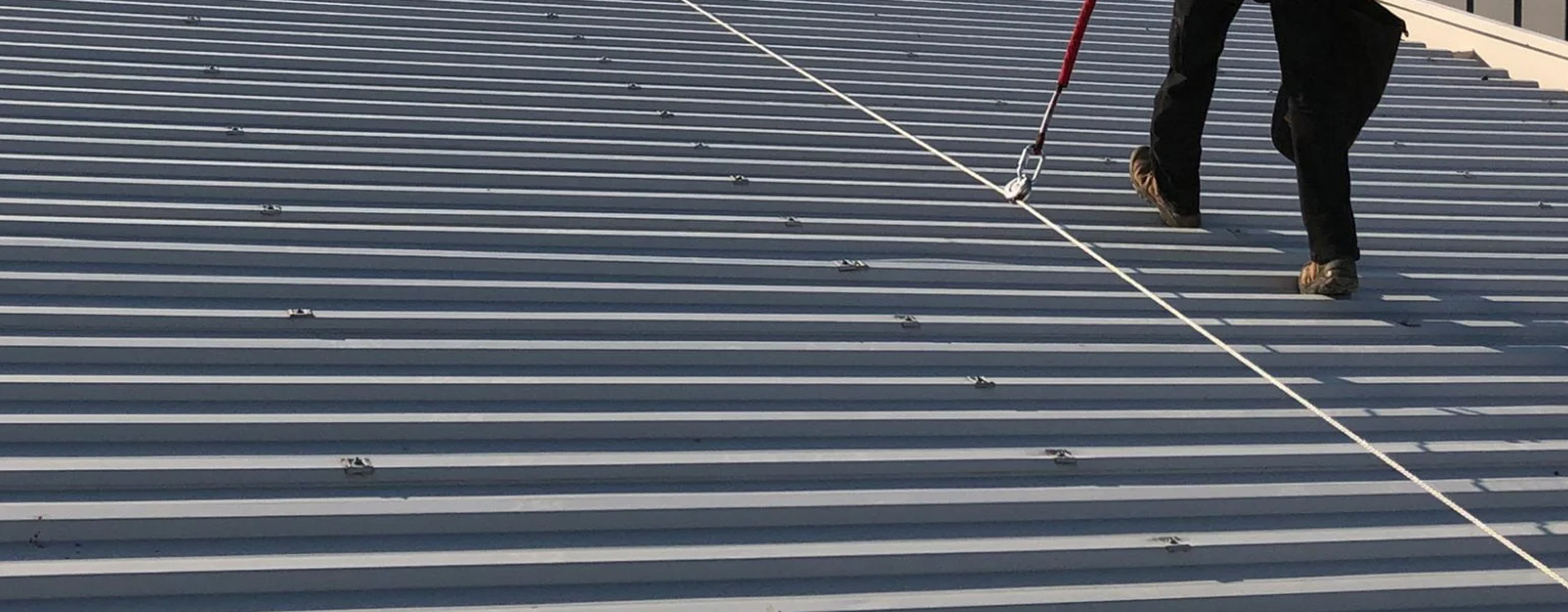In the UK, fall protection systems are essential for safeguarding workers in industries like construction, roofing, and other high-risk sectors. With strict regulations, including the Work at Height Regulations 2005, ensuring the right fall protection is used not only protects your workers but also helps your business stay compliant. This blog post will explore the different types of fall protection systems available in the UK and how to choose the one best suited for your needs.
What Are Fall Protection Systems?
Fall protection systems are designed to prevent accidents by reducing the risk of falls or minimising injury in the event of a fall. They are crucial for tasks that involve working at height, such as roof repairs, construction work, or maintenance on high-rise buildings. The goal is to create a safe working environment and avoid falls that could lead to serious injuries or fatalities.
Types of Fall Protection Systems in the UK
Guardrails and Edge Protection Systems
Guardrails are one of the most common and effective types of fall protection. These are barriers installed around edges where employees could fall, such as on rooftops or scaffolding. Edge protection systems can be fixed or temporary, and they are often used in construction sites or renovation projects.
When to Use: Guardrails are perfect when you need a permanent or semi-permanent solution. They’re particularly effective in situations where workers are frequently near edges or where there’s a risk of falling from height.
Pros:
Easy to install and maintain.
Provide continuous protection along edges.
Versatile for various building types.
Personal Fall Arrest Systems (PFAS)
A Personal Fall Arrest System (PFAS) involves a harness, lanyard, and anchor point that stops a worker from falling to the ground. The system is designed to absorb the force of a fall, reducing injury. PFAS can be used with various anchor points like beams, roof edges, or scaffolding.
When to Use: Ideal for workers who need to move around freely but still require fall protection. It’s commonly used for tasks such as roofing, window cleaning, and maintenance.
Pros:
Portable and flexible.
Can be used for a variety of tasks and industries.
Allows workers to move freely while being secured.
Safety Nets
Safety nets are installed under work areas to catch workers in the event of a fall. These nets are typically used in situations where workers are working at great heights and guardrails or personal fall arrest systems aren’t practical.
When to Use: Safety nets are best used in construction environments or when working on large-scale projects like building facades, where other types of fall protection may not be feasible.
Pros:
Ideal for high-rise work or large projects.
Can cover large areas, offering protection for multiple workers at once.
Reduces the risk of injury during a fall.
Fall Restraint Systems
Fall restraint systems are designed to prevent workers from reaching dangerous areas where they could fall. This system uses a harness connected to a lanyard or cable to restrict the worker’s movement.
When to Use: Perfect for tasks where workers need to stay at a safe distance from edges, such as when working on rooftops, or near unguarded ledges.
Pros:
Helps prevent workers from falling.
Simple to use and effective.
Ideal for roof work, especially where edge protection is not possible.
Ladders and Steps with Fall Protection
While ladders and steps are essential for accessing height, they also require specific fall protection systems to keep workers safe. These include devices like ladder stabilisers and harnesses to ensure the ladder remains stable and secure while in use.
When to Use: Suitable for tasks involving short-term access to height, like maintenance or repairs. It is essential to have proper fall protection to avoid accidents.
Pros:
Increases stability when using ladders.
Provides a quick and easy fall protection solution.
How to Choose the Right Fall Protection for Your Needs
Selecting the right fall protection system depends on various factors, including the type of work being performed, the height, the nature of the task, and the environment. Here are some steps to help you make the right choice:
Assess the Worksite
Understand the type of work being performed, whether it’s construction, roofing, or industrial maintenance. Consider factors like the height, surface conditions, and whether there are existing guardrails or scaffolding systems.
Evaluate Worker Mobility Needs
If workers need to move around freely, a personal fall arrest system or a restraint system might be the best choice. For tasks requiring minimal movement, edge protection or guardrails may be more suitable.
Check Compliance with UK Regulations
Ensure that any fall protection system used complies with the Work at Height Regulations 2005. This legislation outlines specific requirements for fall protection, including regular inspections and maintenance of equipment.
Consider the Duration of the Task
If fall protection is needed for a short-term job, temporary solutions like safety nets or guardrails might be appropriate. For long-term work, a more permanent solution like personal fall arrest systems or restraint systems may be necessary.
Seek Expert Advice
For complex jobs or high-risk environments, it’s always a good idea to consult with a fall protection expert or safety consultant. They can help you select and install the most appropriate system based on your specific requirements.
Conclusion
Fall protection is a critical part of workplace safety, and selecting the right system for your needs is crucial in preventing accidents and ensuring compliance with UK regulations. By understanding the different types of fall protection available and assessing your specific work environment, you can create a safer workplace for everyone involved.
Make sure to choose fall protection systems that not only fit the job but also meet the legal standards in the UK. Stay informed, stay safe, and ensure the protection of your workers with the right fall protection system.



